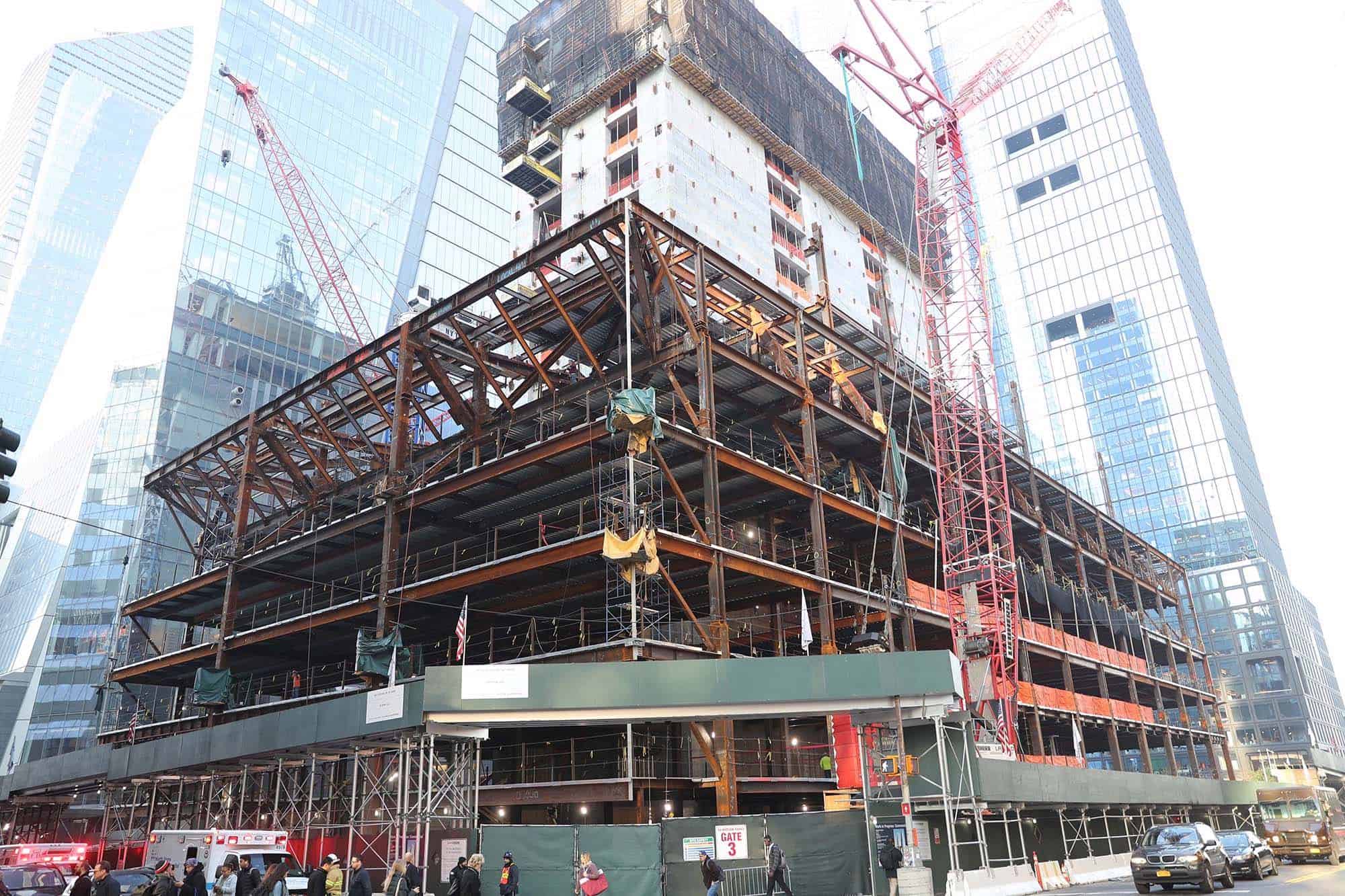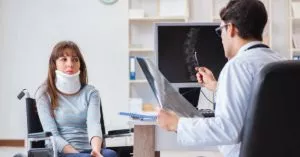Anyone who lives or works in New York is accustomed to seeing construction sites. With so many building projects always happening in the city, scaffolding is a pretty common sight in Manhattan and the other boroughs. Scaffolding is major part of just about any construction site.
Construction workers put their safety–and lives–at risk each time they’re on a scaffold. If scaffolding frames are in poor condition or wood used for scaffolding can’t support their loads, workers get put in danger. However, falls are the top danger related to scaffolding use. Falls from scaffolding is the leading cause of death in construction site accidents. No matter how a scaffolding-related injury happened, there is one common thread: these accidents cause serious injuries.
Improper scaffolding construction: this is the most important part of keeping construction workers safe. Scaffoldings must have hand rails and guide rails on its open sides and ends. Changes in the ground level should be taken into consideration when erecting scaffolding. Scaffolding not inspected: workers should not step onto scaffolding without being sure it’s been inspected by someone trained in working with scaffolding. An inspection can help workers steer clear of scaffolding that can’t support their weight, slippery surfaces, or debris they can trip over.
Falling objects: tools and equipment get dropped on construction sites. Items dropped from heights on scaffolding can be dangerous and even lethal to people below. Hardhats offer some protection, but can’t prevent all injuries caused by heavy construction objects falling on a person.
New York Labor Law Section 240 tries to combat the dangers of scaffolding use on construction sites. The law makes contractors, building owners, and other parties involved in construction legally responsible for providing necessary safety equipment to avoid falls from scaffolding.
The law makes it possible for workers injured in scaffolding falls to bring civil actions against the contractor or building owner who were liable for the fall. The law also allows family members of construction workers who died in scaffolding falls to pursue wrongful death claims against contractors or building owners.
The Occupational Safety and Health Administration (OSHA) publishes regulations on scaffold safety, including how to construct, maintain, and use scaffolds. In addition, many private organizations publish scaffold safety standards. Violations of these standards can be used as evidence of negligence in personal injury cases resulting from scaffold accidents.
If you’ve been injured in a scaffold accident — whether as a worker or a bystander — you’ll want to consider filing an injury claim so that you can be reimbursed for any damages you suffered. Workers’ compensation claim. Workers’ compensation is a type of insurance that provides benefits to employees injured during the course of employment. Though workers’ compensation laws differ from state to state, the vast majority of employers are required to carry workers’ compensation insurance.
If you’re a construction worker and you slip on a scaffold and injure yourself, a workers’ compensation claim is your most likely recourse. One of the major benefits of a workers’ compensation claim (as opposed to a personal injury lawsuit) is that workers’ compensation is a no-fault insurance system. This means you don’t have to prove that anyone was at fault for your injury in order to receive compensation.
Personal injury claim. If the scaffold you used was defective, and the defect caused your accident, then you may be able to sue the manufacturer of the equipment. This is a form of personal injury lawsuit known as a product liability lawsuit. A personal injury lawsuit would also be appropriate if you’re a bystander injured as a result of a scaffold accident. In such a case, you would have to show that the company (or individual) using the scaffold was negligent —in other words that they were careless and their carelessness caused your injuries.
If your loved one was killed in a scaffold accident, you may be able to recover damages through a wrongful death claim. The specific damages you can recover will depend on the nature of your accident, as well as the laws of the state in which you file your lawsuit or workers’ compensation claim. However, in most cases, you’ll be able to recover economic damages (medical expenses, lost wages, etc.) and non-economic damages (pain and suffering, loss of consortium, etc.).
At HURT-511, our personal injury lawyers help injured workers recover the benefits to which they are entitled by law. For a free consultation with an experienced workers’ compensation lawyer, call us toll-free at 800-4878-511 or complete our online form. Our firm handles accident and injury claims throughout all five boroughs of New York.
HURT-511 operates in all boroughs of New York including all Bronx neighborhoods, namely: Bedford Park, Belmont, Fordham, Highbridge, Hunts Point, Jerome Park, Kingsbridge, Morris Park, Morrisania, Mott Haven, Parkchester, Riverdale, Spuyten Duyvil, Throgs Neck, University Heights and Woodlawn.





 Trusted Reviews
Trusted Reviews



